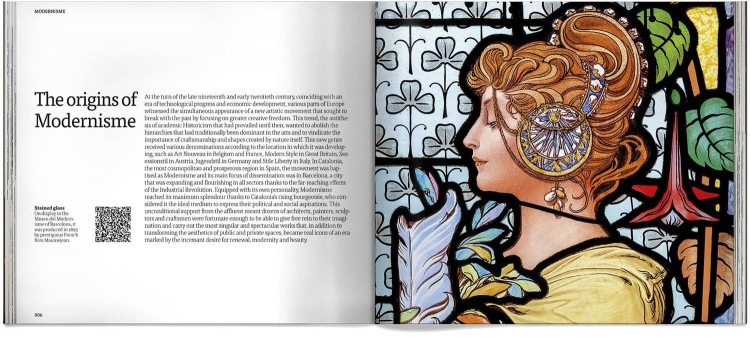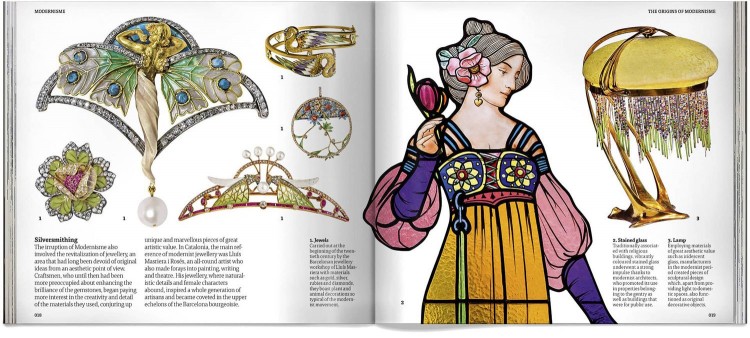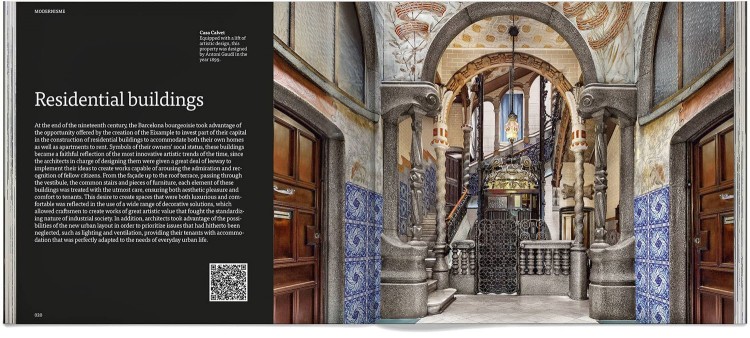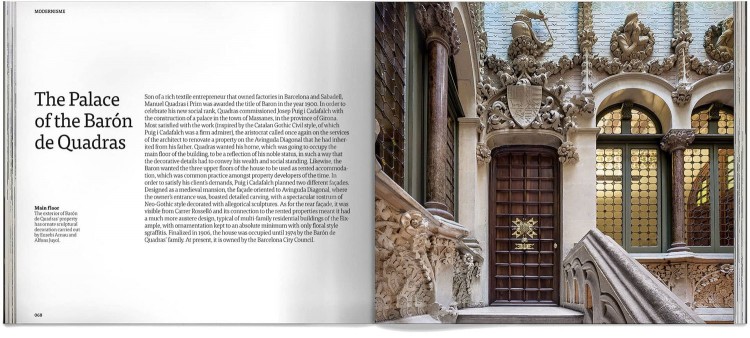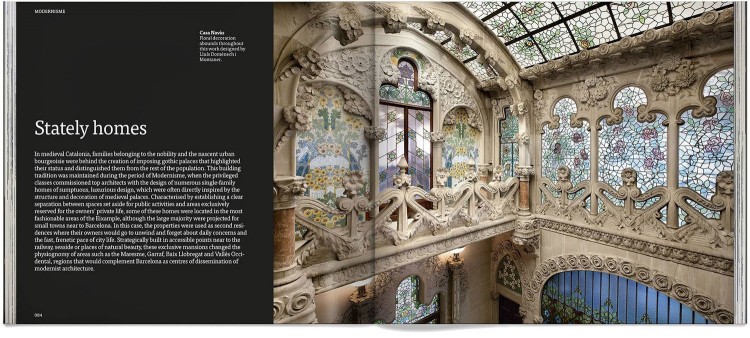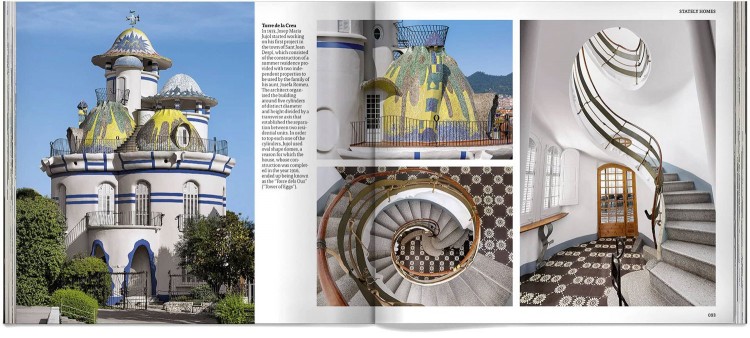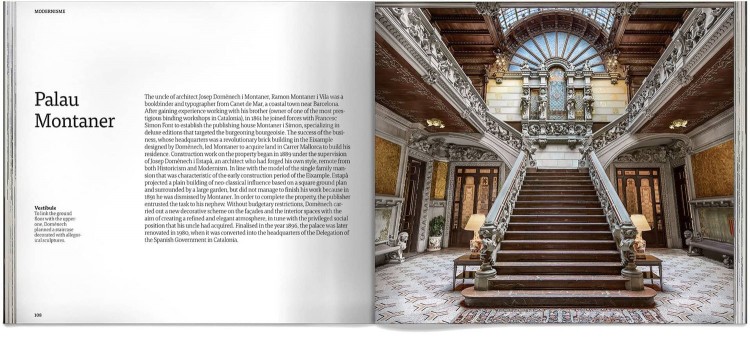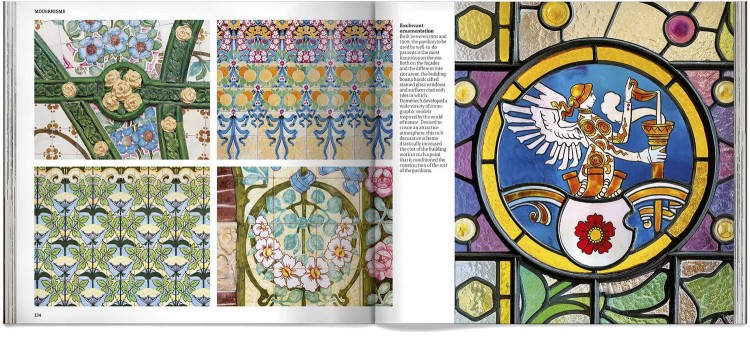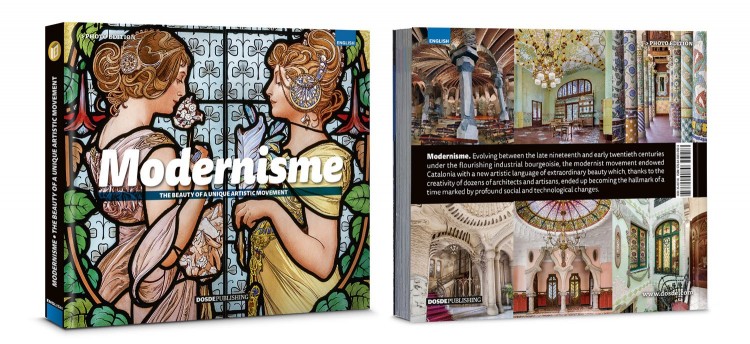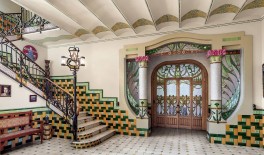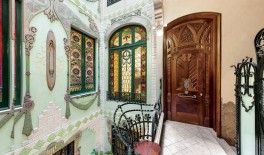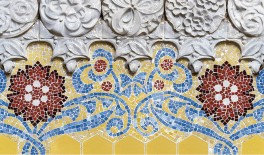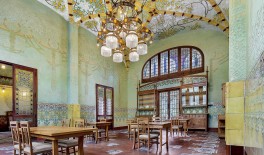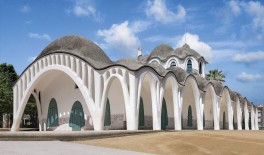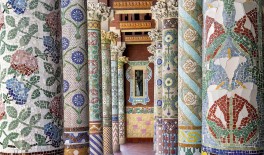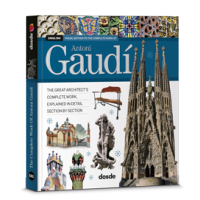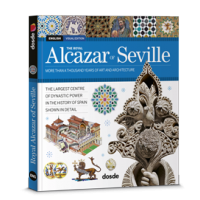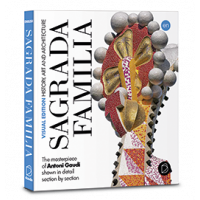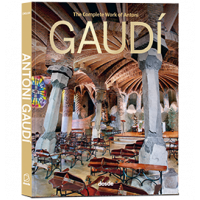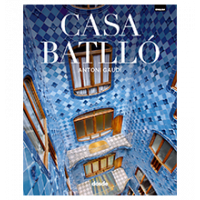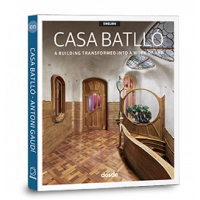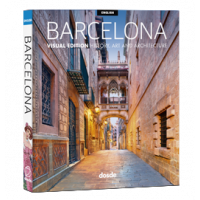Modernisme
The beauty of a unique artistic movement
About the book Modernisme
Considered the Catalan equivalent of Art Nouveau, Modernisme was an artistic movement of great beauty that reached its peak in Barcelona between the late nineteenth and early twentieth centuries, coinciding with a time of profound social, economic and technological changes.
Catalan Modernism encompassed all artistic disciplines, although its incidence was especially noticeable in architecture. Figures such as Antoni Gaudí, Josep Puig i Cadafalch, Lluís Domènech i Montaner and Josep Maria Jujol collaborated closely with the best craftsmen of the time to design fantastical buildings, which helped place Barcelona at the forefront of the international art scene.
This photographic book brings together the most emblematic works of Modernist architecture, such as La Pedrera, the Palau de la Música Catalana, Casa Lleó i Morera, Casa Amatller and Hospital de Sant Pau.
This book, published by Dosde, also unveils the historical origins of Modernisme, and analyzes its impact on fields such as jewellery, sculpture and the decorative arts. Therefore the reader is provided with a global vision of this unrepeatable movement, which ended up becoming the hallmark of an era marked by the desire for renewal.
Photo Edition
Modernisme
It includes exclusive digital content
Made with environmentally friendly paper
Multilanguage: Available in 6 languages
More than 300 top quality photographs
About the book Modernisme
Considered the Catalan equivalent of Art Nouveau, Modernisme was an artistic movement of great beauty that reached its peak in Barcelona between the late nineteenth and early twentieth centuries, coinciding with a time of profound social, economic and technological changes.
Catalan Modernism encompassed all artistic disciplines, although its incidence was especially noticeable in architecture. Figures such as Antoni Gaudí, Josep Puig i Cadafalch, Lluís Domènech i Montaner and Josep Maria Jujol collaborated closely with the best craftsmen of the time to design fantastical buildings, which helped place Barcelona at the forefront of the international art scene.
This photographic book brings together the most emblematic works of Modernist architecture, such as La Pedrera, the Palau de la Música Catalana, Casa Lleó i Morera, Casa Amatller and Hospital de Sant Pau.
This book, published by Dosde, also unveils the historical origins of Modernisme, and analyzes its impact on fields such as jewellery, sculpture and the decorative arts. Therefore the reader is provided with a global vision of this unrepeatable movement, which ended up becoming the hallmark of an era marked by the desire for renewal.
Videos Modernisme
Readers opinions
(2)
Reviews
(2)
Readers opinions
(2)
Additional Information
- Additional Information
- Subtitle: The beauty of a unique artistic movement
- Weight (g): 540
- Binding: Paperback with flaps
- Size (cm): 19,5 x 17,5
- Author: Dosde
- Pages: 0
- Edition: Photo Edition
Origins and characteristics of Modernisme
This new genre received various denominations according to the location in which it was developing, such as Art Nouveau in Belgium and France, Modern Style in Great Britain, Sezessionstil in Austria, Jugendstil in Germany and Stile Liberty in Italy.
In Catalonia, the most cosmopolitan and prosperous region in Spain, the movement was baptised as Modernisme and its main focus of dissemination was in Barcelona, a city that was expanding and flourishing in all sectors thanks to the far-reaching effects of the Industrial Revolution.
Modernisme reached its peak thanks to the bourgeoisie, who considered it the ideal medium to express their political and social aspirations. This unconditional support from the affluent meant dozens of architects, painters, sculptors and craftsmen gave free rein to their imagination to carry out the most singular works that transformed the aesthetics of public and private spaces.
Modernisme supposed the revitalization of craftsmanship, owing to its aspiration to provide aesthetic value to all objects that were typical of daily life. The movement gave great prominence to the craftsmen, who skilfully combined traditional artisanal techniques with the latest technological innovations in order to exploit the plastic potential of woodwork, ceramic work, iron and glass work, amongst other materials. Architecture, sculpture, jewellery, painting...all these areas were influenced by the beauty of Modernisme.
Modernist Barcelona
At the end of the nineteenth century, the Barcelona bourgeoisie took advantage of the opportunity offered by the creation of the Eixample to invest part of their capital in the construction of residential buildings to accommodate both their own homes as well as apartments to rent. Symbols of their owners’ socal status, these buildings became a faithful reflection of the most innovative artistic trends of the time.Casa Fuster, Casa Sayrach, Casa Ametller and Casa Comalat are some of the buildings that make up the modernist route of Barcelona, and show the decorative richness applied both inside and outside the works carried out during this era.
But without doubt, the works that particularly stand out are those created by Antoni Gaudí, the most relevant representative of Catalan Modernist architecture. Gaudí combined in his work the strictest constructive functionalism with maximum visual daring, based on an in-depth knowledge of the laws of nature, the source that inspired all his shapes and structures.
Casa Batlló, La Pedrera, Palau Güell, Park Güell and Sagrada Familia are just a few of his most outstanding works, which are today universally admired.

